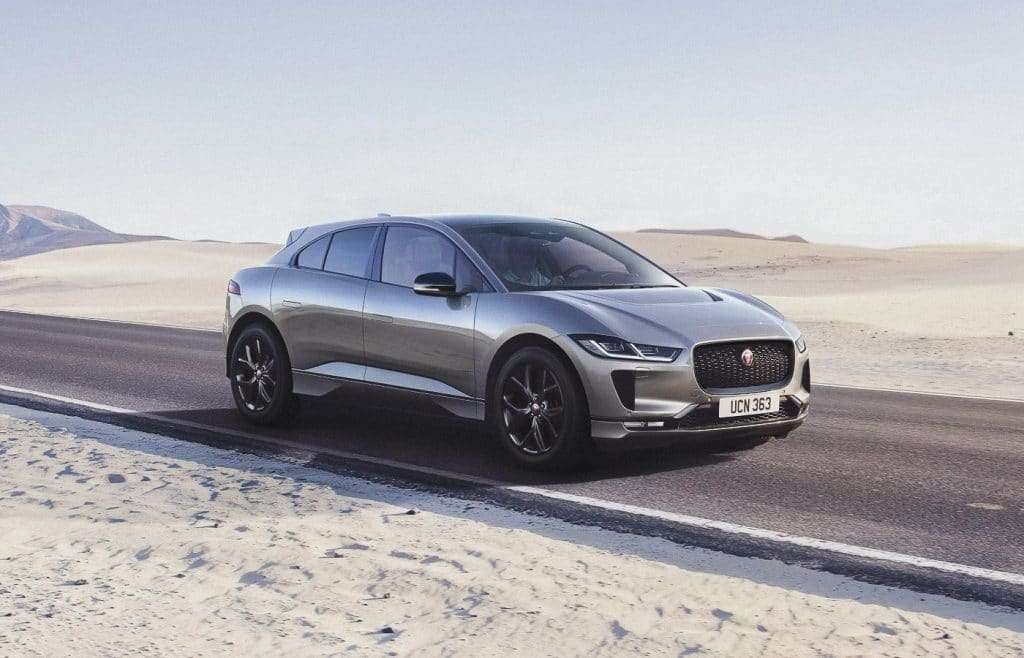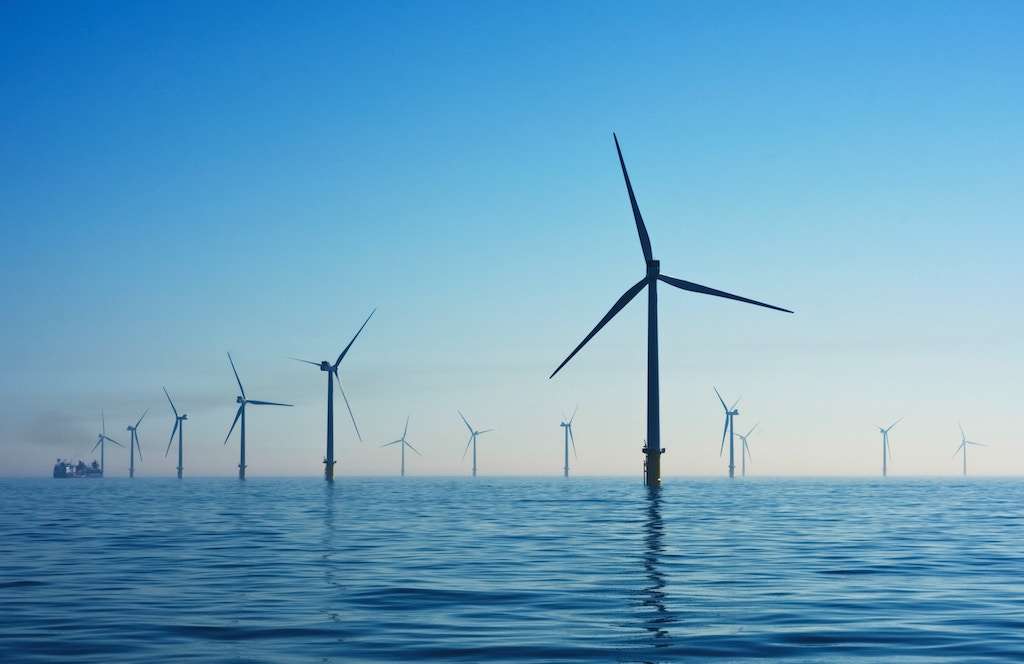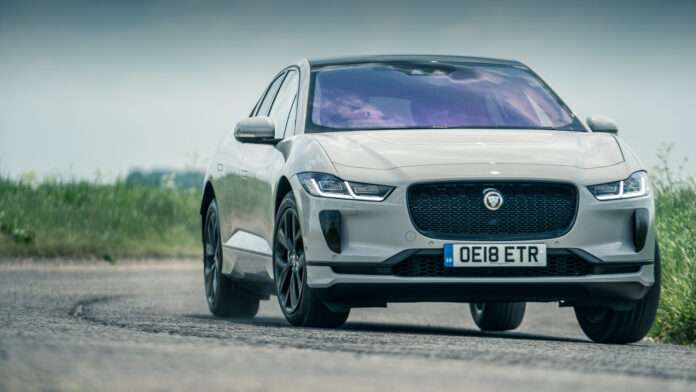Jaguar Land Rover and Wykes Engineering have embarked on a groundbreaking project to create one of the largest energy storage systems in the U.K. by using second-life Jaguar I-PACE batteries to harness solar and wind energy.
This new collaboration reflects Jaguar Land Rover’s (JLR) commitment to adopt circular economy principles and achieve carbon neutrality by 2039.
The system, known as a Battery Energy Storage System (BESS), will make significant strides in decarbonizing the National Grid and managing peak demand. A single unit developed by Wykes Engineering can store 2.5MWh of energy, enough to power around 250 homes for a day. By the end of 2023, JLR aims to supply enough batteries to store a total of 7.5MWh of energy, powering 750 homes for a day. Post 2023, further containers can be assembled to house additional second-life batteries.
The BESS, linked to an advanced inverter, facilitates power supply directly to the National Grid during peak hours and can draw power for storage during off-peak times. Such systems are pivotal in decarbonizing the Grid, as they can address rapid demand spikes and maximize renewable energy usage.
JLR and Wykes Engineering have innovated seamless integration in the project. The I-PACE batteries are simply removed and slotted into racks in the containers on-site, eliminating the need for additional manufacturing steps. This helps bolster the sustainability of the initiative.

“Our sustainability approach addresses the entire value chain of our vehicles, including circularity of EV batteries,” François Dossa, Executive Director, Strategy and Sustainability at JLR, said in a statement. “Our EV batteries are engineered to the highest standards and this innovative project, in collaboration with Wykes Engineering, proves they can be safely reused for energy sector application to increase renewable energy opportunities. Using the 70-80% residual capacity in EV batteries, before being recycled, demonstrates full adoption of circularity principles.”
David Wykes, Managing Director of Wykes Engineering says that one of the major benefits of the system is that the containers are connected to the grid in such a way that they can absorb solar energy “that could otherwise be lost when the grid reaches capacity.”
Wykes says this excess energy can now be stored in the second-life I-PACE batteries and discharged later. “This allows us to ‘overplant’ the solar park and maximize the amount of power we generate for the area of land we are using.”

The project also highlights JLR’s ambition to create new business models in energy storage. By reusing vehicle batteries in low-energy applications once their health falls below electric vehicle requirements, JLR can fully adopt circular economy principles.
Sustainable Industrial Operations Director at JLR, Reuben Chorley, says the project will help unlock “the true potential” of renewable energy. “Developing second-life battery projects like this is crucial to helping JLR adopt a new circular economy business model and drive us toward achieving carbon net zero by 2039.”
The industry anticipates that second-life battery supply could exceed 200 gigawatt-hours per year by 2030, representing a global value of more than $30 billion dollars. This collaboration is seen as a vital stepping stone towards that future, promising not only to conserve resources but also to generate significant economic opportunities.
Related on Ethos:


